Spanish I teaches students to greet people, describe family and friends, talk about hobbies, and communicate about other topics, such as home life, occupations, travel, and medicine. Each lesson presents vocabulary, grammar, and culture in context, followed by explanations and exercises. Vocabulary includes terms to describe school subjects, parts of the body, and people, as well as idiomatic phrases. Instruction in language structure and grammar includes the structures and uses of present-tense verb forms, imperatives, adjective agreement, impersonal constructions, formal and informal address, and reflexive verbs. Students explore words used in different Spanish-speaking regions and learn about the cultures of Spanish-speaking countries and regions within and outside Europe.
The material in this course is presented at a moderate pace.
This course is built to the American Council on the Teaching of Foreign Languages (ACTFL) standards.
2 semesters, 1 credit

